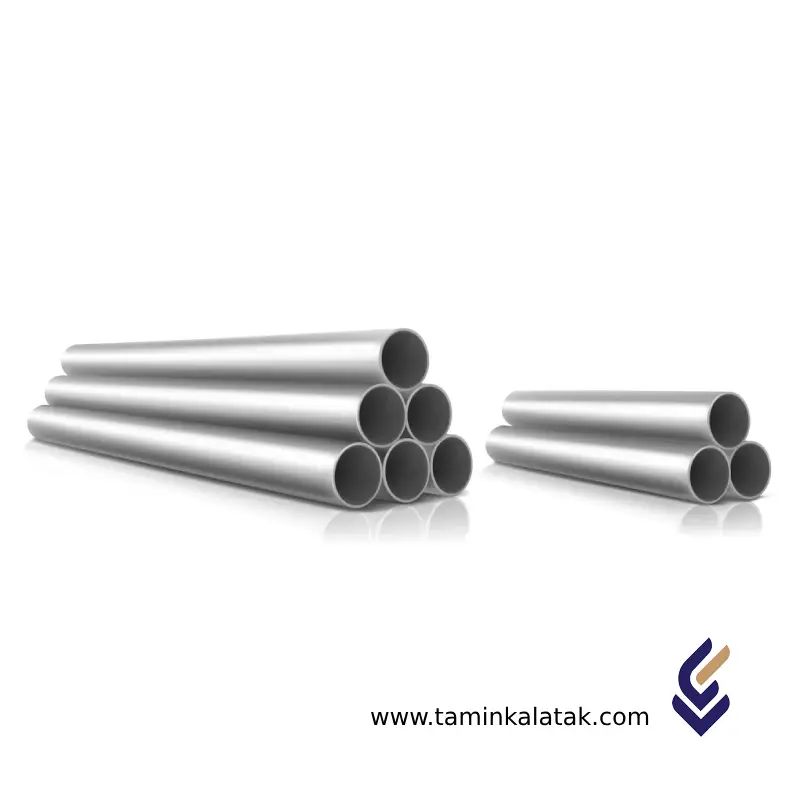Polymers are made up of very large molecules made up of many repeating units called monomers, which ultimately form this long polymer chain
A compound is a polymer blend mixed with additives, fillers, and reinforcements to achieve specific properties for end-use applications. A masterbatch is a concentrated mixture of additives or pigments in a carrier resin, used to enhance plastics without altering their base properties.
HDPE Pipe Compound
HDPE (High-Density Polyethylene) pipe compound is a specialized polymer formulation designed for manufacturing HDPE pipes used in various applications, such as water supply, gas distribution, sewage systems, and industrial piping.
Structure HDPE Pipe Compound
The structure of HDPE pipe compound consists of a high-density polyethylene (HDPE) base resin, which provides strength and flexibility. It includes antioxidants to prevent degradation during processing and usage, along with UV stabilizers to protect against sunlight exposure. Thermal stabilizers enhance heat resistance, while processing aids improve extrusion and molding properties. Anti-static agents help reduce static buildup, and pigments are added for color and identification. In black HDPE pipes, carbon black is used for UV protection. Additionally, impact modifiers may be included to enhance toughness and durability.
Properties HDPE Pipe Compound
The HDPE pipe compound exhibits excellent properties, making it ideal for various applications. It has high tensile strength and flexibility, allowing it to withstand internal and external pressure. Its outstanding chemical resistance ensures durability against acids, alkalis, and other corrosive substances. The compound is highly resistant to environmental stress cracking and has low moisture absorption, making it suitable for underground and submerged applications. It offers excellent UV resistance when formulated with stabilizers like carbon black, ensuring long-term outdoor performance. HDPE pipe compound also has a smooth inner surface, reducing friction and improving flow efficiency. Additionally, it is lightweight, impact-resistant, and has good thermal stability, allowing it to perform well in a range of temperatures without significant deformation or degradation.
Applications HDPE Pipe Compound
- Water supply and distribution systems
- Sewage and drainage networks
- Gas distribution pipelines
- Industrial fluid and chemical transportation
- Agricultural irrigation and water management
- Mining slurry and tailings transportation
- Telecom and electrical conduits
- Geothermal and district heating systems
- Marine and underwater pipelines
- Landfill leachate collection systems
- Trenchless installations like horizontal directional drilling (HDD)
Advantages HDPE Pipe Compound
- High flexibility and lightweight for easy handling and installation
- Excellent chemical resistance to acids, alkalis, and corrosive substances
- Superior impact resistance and toughness, even at low temperatures
- Smooth inner surface reduces friction, enhancing flow efficiency
- UV and weather-resistant, ensuring long-term outdoor performance
- Corrosion and rust-free, unlike metal pipes
- Long service life, often exceeding 50 years
- Leak-proof and joint-free options available through fusion welding
- Environmentally friendly and recyclable material
Disadvantages HDPE Pipe Compound
- Susceptible to damage from excessive heat and high temperatures
- Lower mechanical strength compared to metal pipes
- Can be affected by sharp objects or heavy loads, requiring proper handling
- Initial cost of installation may be higher than some conventional materials
- Requires specialized welding or jointing techniques for secure connections
Applications
| Applications | , , |
|---|
HDPE Pipe Compound
| Products | Grade | MFI (g/10 min) | Density (g/Cm³) | Process Method | Applications | Data Sheet | MSDS |
|---|---|---|---|---|---|---|---|
| HDPE Film Compound | F7000 | 0.04-0.05 | 952,00 | Film Blowing Extrusion Injection Molding | Film Products Bags Protective Gear | ||
| HDPE Film Compound | F0460 | 0.6 | 946,00 | Film Blowing Extrusion Injection Molding | packaging films, shopping bags, and other thin-film products | ||
| HDPE Film Compound | 5502 | 0.25 | 954,00 | blow molding | bottles and containers |







